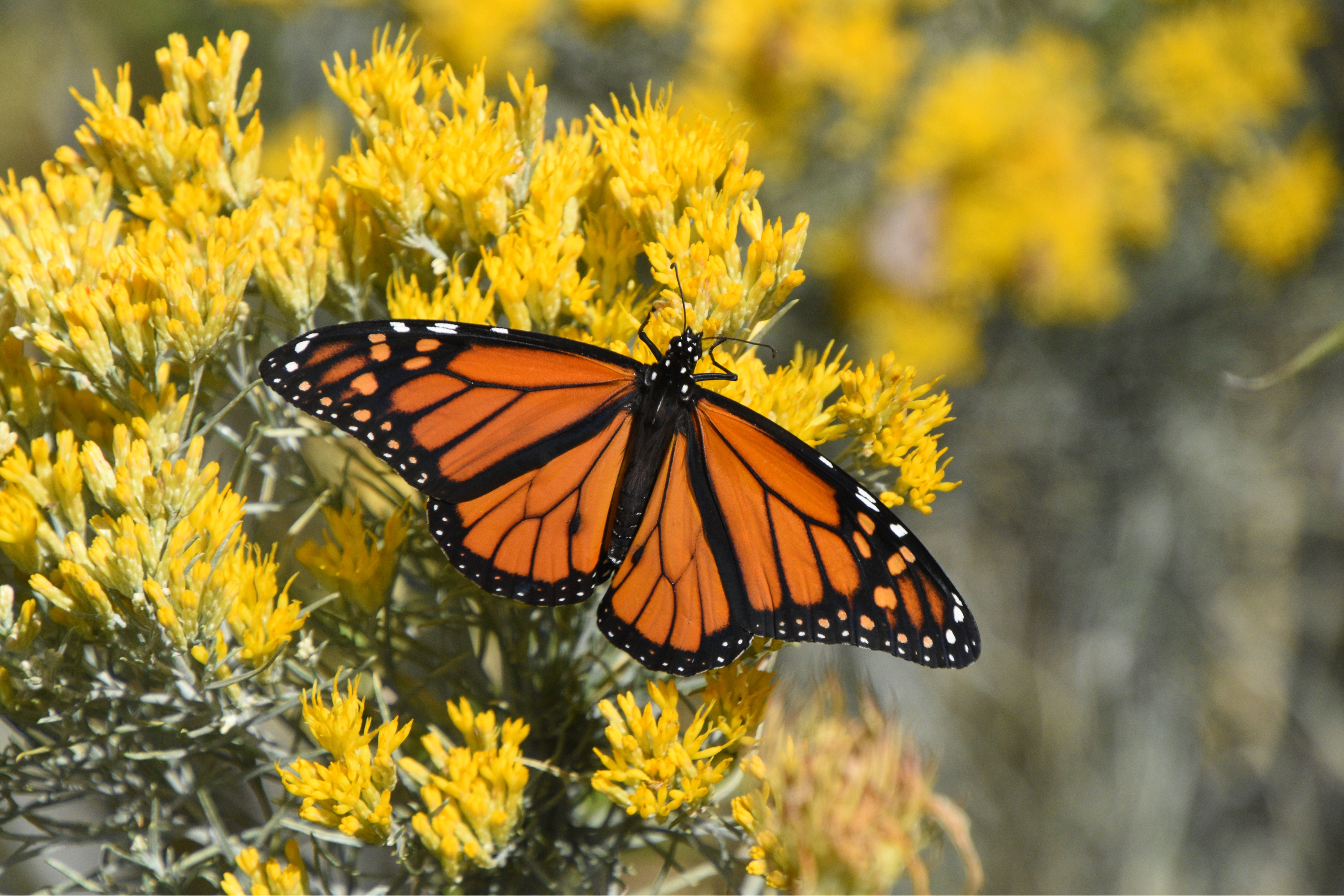Home
Barn Owl Blog
Butterflies in the Fields: How These Colorful Pollinators Help Keep Crops Thriving

Butterflies in the Fields: How These Colorful Pollinators Help Keep Crops Thriving
When most people think of butterflies, they picture delicate wings, vibrant colors, and lazy summer afternoons. While it's true that butterflies add beauty and charm to any landscape, they also serve a vital function in our food system—as pollinators.
Though not as efficient as bees, butterflies play an important supporting role in pollinating crops and wild plants. In doing so, they help maintain the health of ecosystems and contribute to food production in ways that often go unnoticed.
Let’s take a closer look at how butterflies benefit agriculture and why their presence matters more than you might think.
What Makes a Butterfly a Pollinator?
Butterflies feed on nectar from flowers using a long, straw-like tongue called a proboscis. As they flit from flower to flower, they brush against the reproductive parts of plants and transfer pollen, aiding in fertilization. While they don't collect pollen like bees do, their frequent visits to a wide variety of flowers make them surprisingly effective over time—especially for open, flat flowers.
Some butterfly species are generalists, visiting many types of plants, while others prefer specific flowers. This diversity helps ensure broad coverage across a landscape and supports biodiversity in both crops and native plant communities.
How Butterflies Support Agriculture
Butterflies aren’t typically the main pollinators of commercial crops, but they play a key role in supporting:
-
Pollination of wild plants, which can benefit nearby crop fields by attracting other pollinators and maintaining a healthy ecosystem.
-
Backyard and small-scale farms, especially those growing herbs, fruit, and flowering vegetables.
-
Seed production in crops that require open pollination, such as carrots, celery, and some leafy greens.
By enhancing pollinator diversity, butterflies help stabilize crop yields, particularly as bee populations face increasing challenges. More pollinator types mean better resilience in pollination services—especially under changing weather or environmental conditions.
Crops Butterflies Commonly Visit
While butterflies are not exclusive pollinators of any major commercial crops, they often visit and assist in pollinating:
-
Carrots
-
Lettuce
-
Celery
-
Cilantro
-
Strawberries
-
Herbs like dill and parsley
-
Various fruit trees and berry bushes
They also play a role in supporting the habitats around crop fields, helping to pollinate the wildflowers and native plants that provide shelter and food for other beneficial insects.
Why Healthy Butterfly Populations Matter
Butterflies are sensitive indicators of environmental health. A thriving butterfly population often signals a rich, diverse ecosystem with clean air, water, and minimal pesticide use.
But unfortunately, many butterfly species are in decline, due to:
-
Habitat loss
-
Overuse of pesticides and herbicides
-
Climate change
-
Loss of native plants and milkweed (essential for monarchs)
Protecting butterflies means protecting ecosystems, which directly benefits agriculture and the environment as a whole.
How to Support Butterflies on Your Farm or Garden
Here are some easy ways to make your growing space butterfly-friendly:
-
Plant native wildflowers that bloom throughout the season.
-
Include host plants for caterpillars—like milkweed for monarchs, or parsley and fennel for swallowtails.
-
Reduce or eliminate pesticides, especially broad-spectrum insecticides.
-
Leave some “wild” areas with brush, weeds, and natural debris.
-
Create a shallow water source like a damp dish with stones for butterflies to rest on.
By welcoming butterflies, you not only support pollination but create a more beautiful and biodiverse environment.
In Conclusion
Butterflies may not do all the heavy lifting in crop pollination, but they are critical team players. Their beauty draws us in, but it’s their role in ecosystems—supporting plant reproduction, aiding other pollinators, and signaling a healthy environment—that makes them truly invaluable.
So the next time you see a butterfly drifting through your field or garden, remember: it’s more than a pretty face—it’s helping keep your crops and the planet alive and well.
Up next: The Night Shift: How Moths Help Pollinate Crops and Support Healthy Ecosystems
Share


